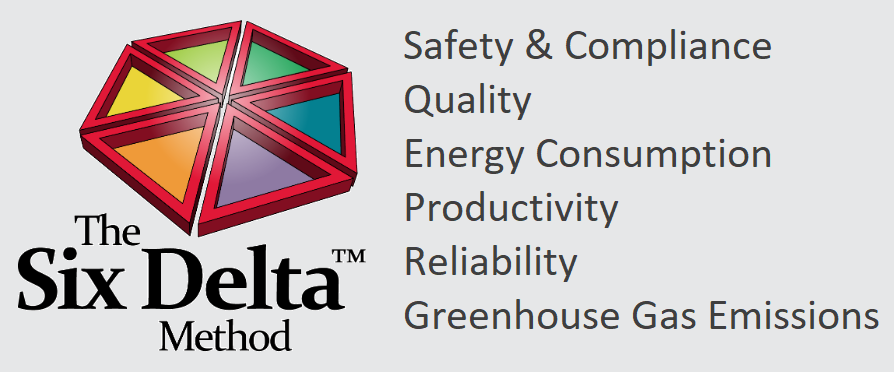If you want to lower the energy costs of industrial furnaces in your company, the solution boils down to maximizing the efficiency of three processes: heat generation, heat containment, and heat recovery.

The engineering details of achieving this efficiency will vary based on industry, type of combustion system, type of fuel used, and numerous other factors. But in simplest terms, furnace efficiency is determined by how well those three processes are done.
This simple framework is how Firebridge approaches any furnace-improvement project for which we are providing services. With the aim of reducing fuel costs, we look for better ways to produce heat, keep it from being lost, and apply it to other functions within (or without) the combustion system.
When we are asked to assist, we often find that the client is losing substantial amounts of money by inefficient use of their energy to the furnace.
Problems we commonly find include:
Heat Generation
- Too much excess air in the combustion process, resulting in loss of excessive heat through flue gases.
- Not enough air supply, resulting in fuel not being completely burned.
- Inefficiencies in creating heat that result in high levels of greenhouse-gas emissions.
Heat Containment
- Inadequate process insulation, refractory material, and atmospheric circulation that fail to maximize the use of the heat in the system.
- Physical holes or gaps in the furnace.
- Wrong-sized equipment.
- Operational practices that allow heat loss.
Heat Recovery
- Inefficient systems for capturing and reusing heat leaving the furnace.
- Companies that don’t even try to recover heat.
Most of our clients are aware that their furnaces are inefficient; that’s why they called us. But once we measure and analyze their furnace performance in each of these areas, they are usually quite surprised at the cost magnitude of their heat loss (as well as the number of operational inefficiencies that could be avoided with better furnace design).
There are solutions to counter this heat loss and there is usually little problem creating a compelling business case for pursuing these improvement opportunities.
In coming blogs, we will take a closer look at each of the three fundamental areas of furnace efficiency, explaining what drives up energy costs in each area and how to reduce them.


